Hamsters, those small and adorable rodents that have become popular pets, are not just cute and cuddly but also fascinating in their behavior and communication. While they may not communicate in the same way humans or even some other animals do, they have developed a range of communication methods to convey their needs, emotions, and social interactions. In this comprehensive guide, we’ll delve into the world of hamster communication to understand how these tiny creatures express themselves.
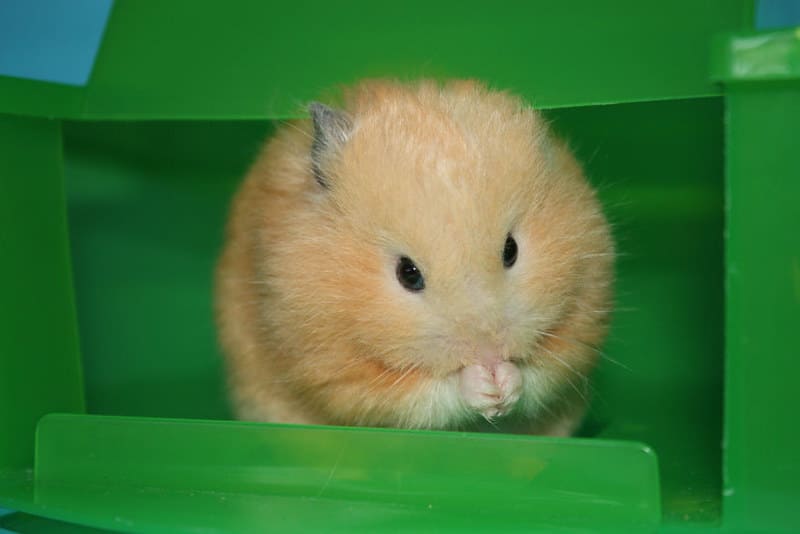
Visual Communication
Visual communication is one of the primary ways hamsters interact with their environment and other hamsters. Although hamsters have relatively poor eyesight, they use various visual cues to convey information.
1. Postures and Body Language
- Hamsters use their body language to communicate with each other and interpret the intentions of fellow hamsters. Specific postures can convey various emotions and signals.
- For example, a hamster standing on its hind legs is often a sign of curiosity or alertness, while a hunched or flattened posture can indicate fear or submission.
- When a hamster stretches out and stands tall, it might be expressing dominance or a willingness to engage in social interactions.
2. Grooming
- Mutual grooming is a significant aspect of hamster communication. When two hamsters groom each other, it is a sign of trust, affection, and social bonding.
- Grooming not only keeps them clean but also reinforces social bonds within a group of hamsters.
3. Chasing and Play
- Hamsters may engage in chasing and playful behavior, which is a form of communication, often indicating playfulness and a lack of aggression.
- These playful interactions help hamsters establish dominance hierarchies and social bonds without resorting to aggression.
4. Aggression and Threat Displays
- While hamsters are generally gentle, they can also exhibit aggressive behaviors when necessary. These behaviors serve as communication signals to ward off potential threats or establish dominance.
- Aggressive behaviors may include lunging, boxing, or vocalizing. Hamsters will generally avoid physical confrontation if possible.
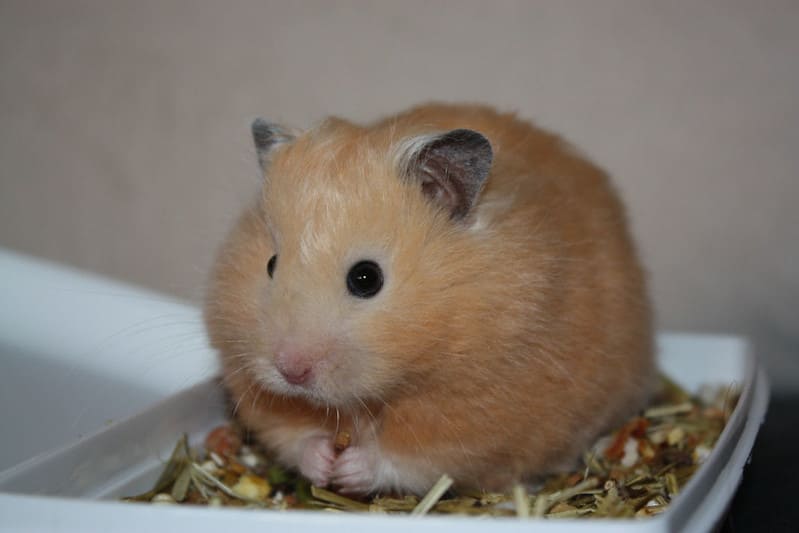
Scent-Based Communication
Scent is a powerful means of communication for hamsters. They have a keen sense of smell, and they use scent marking and detection to communicate a wide range of information.
1. Scent Marking
- Hamsters have scent glands located on their flanks and near their genitals. These glands produce pheromones, which are chemical compounds that convey information to other hamsters.
- Hamsters mark their territory by rubbing their scent glands on objects and surfaces in their environment. This marking establishes their presence and dominance within a given area.
2. Mating and Reproductive Signals
- Female hamsters release specific pheromones when they are in estrus (the fertile period of their reproductive cycle). These pheromones signal their readiness to mate.
- Male hamsters detect these pheromones and respond with mating behaviors. Scent-based communication plays a crucial role in the hamster reproductive process.
3. Recognition and Social Hierarchy
- Hamsters use scent to recognize one another and establish social hierarchies within a group. They may sniff each other’s scent markings as a way of acknowledging the presence of dominant or subordinate individuals.
Auditory Communication
While hamsters are not known for being especially vocal, they do produce sounds to communicate with each other. These sounds are often subtle and may be challenging for humans to detect without close observation.
1. Squeaking
- Hamsters can emit high-pitched squeaks, often during aggressive or competitive encounters. These sounds may be a form of warning or threat display.
- Young hamsters may also emit squeaks when they are separated from their mother or siblings, indicating distress.
2. Chirping
- Chirping sounds are typically associated with distress or discomfort. Hamsters may chirp when they are in pain, feeling threatened, or facing a stressful situation.
3. Purring
- Purring is a rare vocalization in hamsters and is often associated with contentment and comfort. It can occur when a hamster is being gently handled or is in a relaxed state.
4. Hissing and Growling
- When hamsters are extremely agitated or threatened, they may hiss or growl as a warning signal to potential aggressors. These sounds are relatively uncommon but can be heard during intense conflicts.
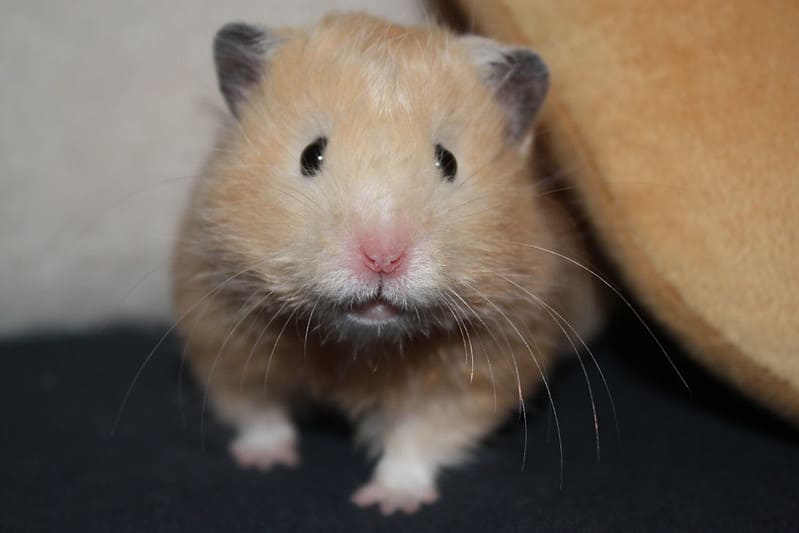
Tactile Communication
Tactile communication involves physical contact between hamsters. While hamsters may not be as tactile as some other animals, they do engage in specific behaviors that involve touch.
1. Mutual Grooming
- As mentioned earlier, mutual grooming is a form of tactile communication. Hamsters groom each other by licking and nibbling, reinforcing social bonds and trust.
2. Mating Behavior
- Mating involves physical contact, and during the mating process, hamsters engage in tactile communication. This includes sniffing, nipping, and mounting, which are all part of the courtship and mating ritual.
3. Social Interactions
- Hamsters may use physical contact to establish dominance or to assert their position within a social hierarchy. This can involve gentle nudges or more assertive pushes.
Environmental and Object-Based Communication
Hamsters also communicate through their interactions with objects and their environment. The way they interact with their surroundings can convey various messages.
1. Nest Building
- Hamsters build nests to create a safe, comfortable, and familiar space. The materials they choose for their nests can communicate their preferences and the current state of their well-being.
- A hamster constructing a new nest may signal an increase in stress or anxiety, while a well-maintained nest can indicate contentment.
2. Burrowing and Tunneling
- Hamsters are natural burrowers, and their digging and tunneling activities convey a sense of security and the establishment of territory.
- By creating intricate tunnel systems, hamsters establish a network of paths and chambers that communicate their presence and provide protection from predators.
3. Object Manipulation
- Hamsters often manipulate objects in their environment, such as moving or rearranging bedding, food, or toys. These behaviors can be a way of exploring, marking territory, or expressing their curiosity and comfort.
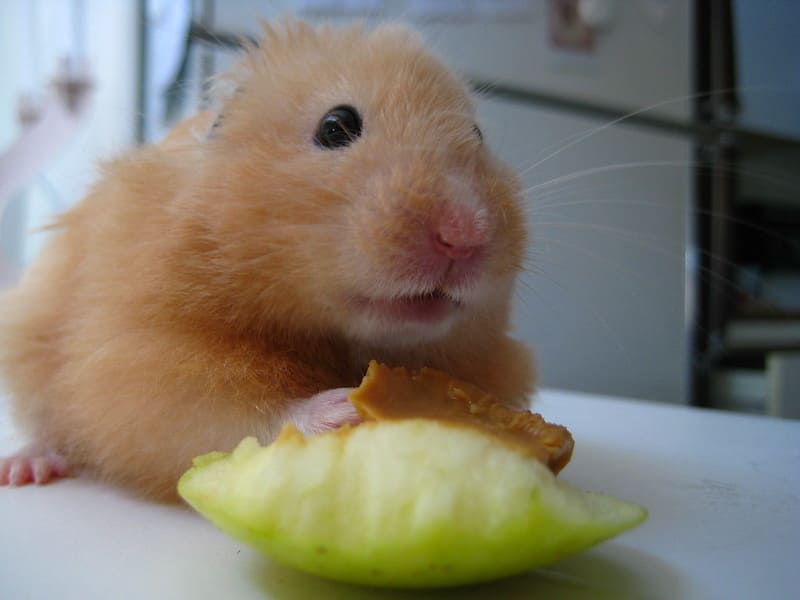
Context-Dependent Communication
It’s essential to understand that hamster communication is context-dependent. The same behavior or sound may convey different messages in various situations. For example, while squeaking may indicate distress during aggressive encounters, it can also be a form of play and interaction between hamster pups.
Communication Within a Group
In the wild, hamsters are primarily solitary creatures. However, some species tolerate living in small groups, especially during the breeding season. In such situations, communication becomes vital for maintaining social order and cooperation.
1. Dominance Hierarchy
- In group living situations, hamsters establish dominance hierarchies. This hierarchy is communicated through postures, grooming, scent marking, and, in some cases, vocalizations.
- The dominant hamster often claims the best sleeping and eating spots and has priority access to resources.
2. Aggression and Conflict Resolution
- Aggression can occur within a group, typically related to competition for resources or mating. Aggressive encounters involve a combination of vocalizations, postures, scent marking, and physical interactions.
- Hamsters have evolved ways to resolve conflicts without causing serious harm. They may engage in ritualized combat, which includes behaviors like boxing, wrestling, and chasing.
3. Social Bonding
- While hamsters are not naturally highly social animals, they can form close bonds with compatible cage mates. Social bonding is often established through grooming and physical contact.
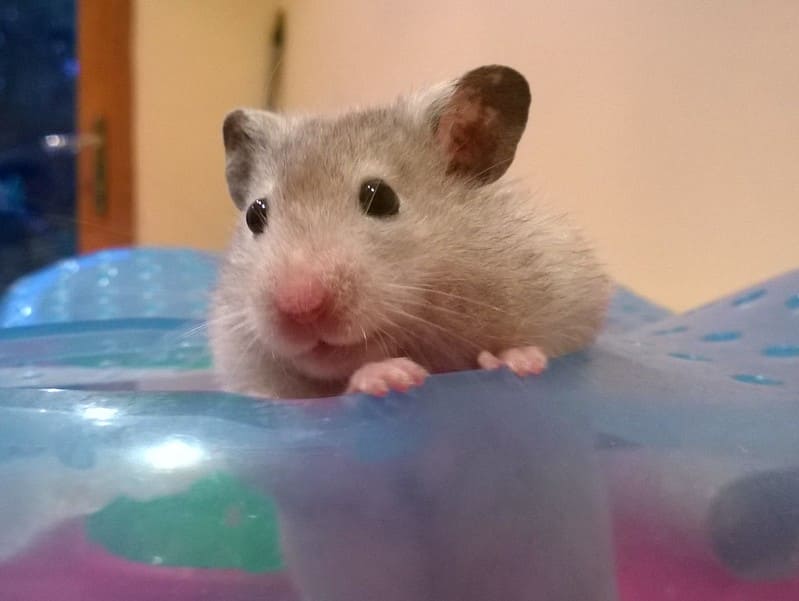
Communication in the Wild vs. Captivity
Hamsters in the wild rely on their communication skills for survival, including warning signals to avoid predators and social interactions for mating and maintaining group dynamics. However, the communication needs of captive hamsters may differ somewhat from their wild counterparts.
In captivity, pet hamsters often live alone in their enclosures, and their social interactions are primarily with their human caregivers. This situation can affect their communication patterns. Hamsters may become more vocal or rely on different cues to communicate their needs and feelings to their human caregivers.
How to Interpret Hamster Communication
Understanding hamster communication is essential for responsible pet ownership. Here are some tips on interpreting and responding to hamster communication:
1. Observation
- Pay close attention to your hamster’s body language, sounds, and actions. Regular observation can help you understand their unique communication style and preferences.
2. Context Matters
- Consider the context in which your hamster is communicating. For example, a squeak during play is different from a squeak of distress.
- Be aware of changes in behavior and communication that might indicate stress, illness, or discomfort.
3. Respect Their Space
- While hamsters can form strong bonds with their human caregivers, it’s essential to respect their need for personal space. If a hamster displays signs of distress or avoidance, allow them some alone time.
4. Positive Reinforcement
- Reward positive behaviors and interactions with your hamster, such as gentle handling and play. This helps strengthen the bond between you and your pet.
5. Professional Guidance
- If you’re unsure about your hamster’s behavior or communication, consult with a veterinarian or a hamster expert. They can provide guidance and ensure your hamster’s well-being.
Conclusion
Hamsters may be small, but their communication methods are intricate and tailored to their social and survival needs. Understanding these communication cues is vital for pet owners to ensure their hamsters are content, healthy, and well cared for. By observing and interpreting the various ways in which hamsters convey their needs and emotions, you can establish a deeper and more fulfilling connection with these endearing and fascinating pets.